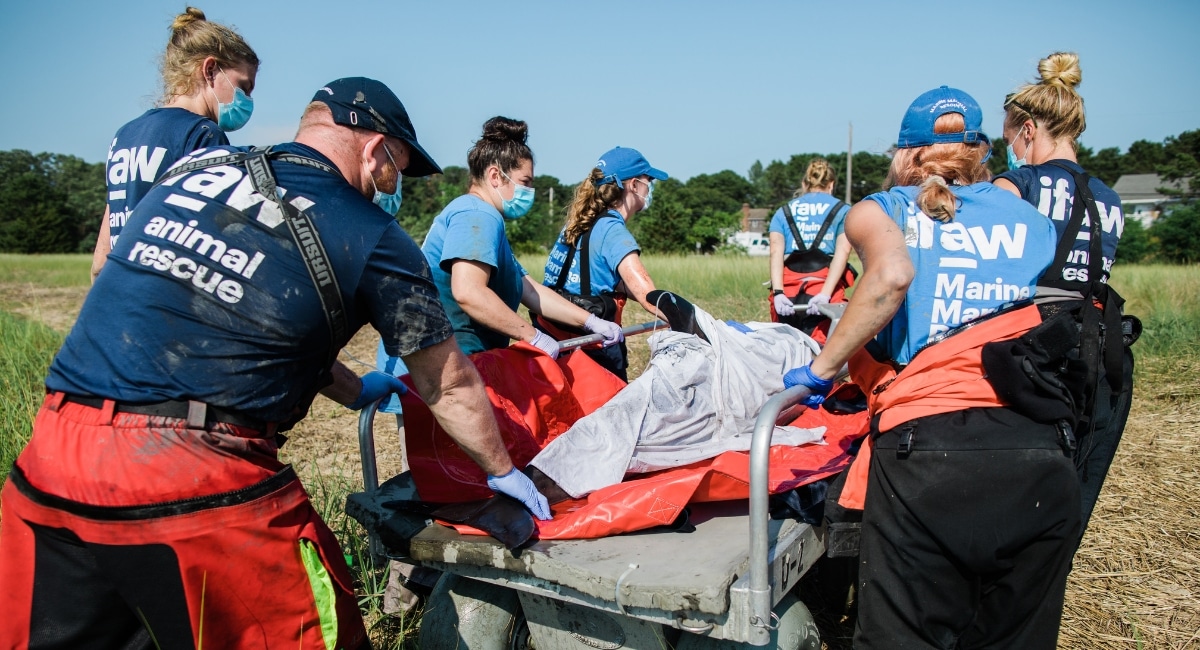
In a world where advancements in technology and the ability to think creatively are of utmost importance, it is crucial that we nurture future scientists, engineers, and technologists.
High schools across the country are stepping up their STEM (science, technology, engineering, and math) offerings – but they need financial support to help them succeed.
In this article, we reveal eight innovative ways high schools can raise funds for STEM education projects that will equip students with the skills – and curiosity – needed to be tomorrow’s tech trailblazers.
From sparking excitement about science through school fairs to partnering with industry giants for cash or services, join us as we explore school fundraising ideas big and small that could set your local school on an innovation journey – supported by you!

To enable students to explore their scientific interests and creativity, science fairs and competitions provide a dynamic stage. The success of these events relies on the ability to organize them and raise money for them.
A committee made up of pupils, teachers, and volunteers can be formed in high schools to plan and run the fair. Defining what they want the event to achieve, setting a date and place, and deciding competition categories are all key tasks.
Various ways can be used to raise funds. For example, charge competitors a small fee for taking part, charge visitors an entry fee, or ask local companies or tech firms if they’d like to get involved – maybe by offering cash support, prizes, or resources.
Alternatively, hold bake sales, sell branded merchandise before or during the event, and have refreshment stalls at the event itself.
Maximizing participation (and fundraising) could involve sharing leaflets via parents or social media as well as networking with businesses, parents, and local people.
Inspiring young minds, nurturing passion in STEM subjects (science, technology engineering, maths), and giving kids valuable learning experiences – high schools raising money through well-run science fairs and competitions could do all this.

STEM workshops and classes are academic programs fashioned to give students practical knowledge in the fields of science, technology, engineering, and mathematics.
Getting initiatives like these off the ground demands organization and fundraising to guarantee that they are both affordable and sustainable.
To get started, schools can team up with qualified teachers or professionals who have experience in leading interesting STEM activities.
They need to work out who their target audience is likely to be – potentially young people from a particular age group or with specific interests – select suitable dates and venues for workshops, and set learning objectives for participants.
Raising money can involve charging attendees fees dictated by either how long a workshop will last or what materials it will use.
Institutions could also consider offering discounts for early booking, funding free places for disadvantaged children, or seeking support from local businesses or tech firms as sponsors. There may be grants available at educational foundations.
Marketing campaigns run through school channels such as newsletters or websites, plus social media accounts targeting parents, might help attract paying customers – not just participants – too.
Workshops can also benefit from partnerships with other organizations that work with young people outside school hours.

High schools can form partnerships with businesses or companies as corporate sponsors.
These sponsors provide funds, resources, or expertise for specific projects, programs, or events—often enriching students’ learning experiences and expanding the school’s capabilities.
To make these partnerships work well, find out what your educational program or project needs and then create a strong proposal that explains why sponsorship would benefit you and how it aligns with the company’s mission.
If you’re looking for STEM support (science, technology, engineering, and mathematics) in particular, research companies interested in those areas Personalize written communication to potential sponsors; be clear about what they’d get out of the partnership
Don’t limit yourself to money: Sponsorship might include equipment donations, employee volunteering, or mentorship opportunities.
Consider offering branding at big events – whether on-site or via promotional materials – so that others know who is supporting you.

If you want to raise funds for STEM education in high school, organize a STEM-themed merchandise fundraiser. This involves selling products like t-shirts, mugs, and phone cases that feature designs, slogans, or pictures connected with science, technology, engineering, or maths.
To start this activity, your school will need to come up with appealing designs that resonate with both students and educators who are into STEM. You can then print these onto a range of different items that people might want to buy.
Next comes the sales part. How are you going to get these items out there? One option is setting up an online shop using e-commerce platforms where people can browse and purchase the goods.
Another is marketing the products on social media channels such as Facebook and Instagram and through other communication channels like email newsletters or websites.
Now, all you have to do is persuade buyers to part more readily with their money when they see what is on offer − ideally, lots of it!
Many schools sell their wares at events held at the school or make them available at parent-teacher conferences. Others take things further by being involved in community gatherings such as local fairs.
Online sales and pre-orders may also boost interest – just be sure there’s a clear pricing structure so everyone knows what they’re paying for (and why)!

If you’re trying to fundraise for a community initiative – say, a STEM education program – high schools could try organizing a community fundraising event.
Not only do these events build school spirit and foster community collaboration, but they can also generate financial support for the program.
To organize an event that resonates with your community, think about what types of events are popular in your area and tailor it to match.
Consider hosting something like a giant garage sale where individuals or local businesses donate their stuff (which will be sold) so that some percentage of revenue from each purchase goes towards closing the funding gap at hand.
Monetizing this type of effort usually involves charging admission fees or booth rental fees for vendors. Taking some percentage of sales on goods sold is another way everyone can chip in.
To ramp up revenues further, organizers might sell raffle tickets ahead of time –or on-site– plus hold auctions or offer branded merchandise.

Seeking financial aid from foundations, government agencies, non-profit organizations, or private institutions to fund particular projects, initiatives, or programs is what grant applications are about.
It can include STEM education in high schools and provide them with significant economic resources to improve their educational offerings.
Identifying suitable grant opportunities that match the school’s goals and needs is the first step toward an effective grant application. Once found, it is important to research the guidelines of grants thoroughly, as well as deadlines.
Tailoring your proposal to a specific grant will be vital, explaining clearly why STEM education matters and how your project could change things.
To generate money by making a successful grant application involves submitting a carefully worded proposal that outlines the purpose of your project, its strategies for success, budget summary, and anticipated outcomes.
A good narrative backed up by hard data supporting materials on things like evaluation plans and sustainability ideas – plus possibly getting experts or professional writers involved – will make all this easier.
Once you have submitted an application – try not to dwell on it too much; move on to other things – there is nothing left but waiting for a decision.
If you get one of these lucrative awards, then you can spend the cash on beefing up existing efforts in STEM-toy programs, buying equipment for students, or offering training grants for teachers, among other worthwhile uses.

Financial donations made by former students and graduates to their high school, known as alumni donations, have the potential to greatly enhance educational opportunities for current students.
To facilitate this process effectively, high schools should strive to foster a strong sense of community and loyalty among alumni through an active alumni relations program.
This could include activities like tracking down former students and engaging them in various ways – such as reunion events or participating in social media groups – which help create channels of communication with old classmates.
Donations can then be collected using targeted fundraising campaigns designed around specific projects or goals, such as renovating laboratories or purchasing new equipment.
It is important that any fundraising effort clearly spell out how these contributions will improve the student experience at the school.
Personalized letters via traditional mail or email, phone calls, and online donation platforms can all work well when it comes to soliciting contributions from alumni. Hosting special events also helps build momentum amid a campaign.
Once money starts coming in, one way to recognize those involved is with plaques or other forms of acknowledgment on campus – something that might help encourage even more giving.